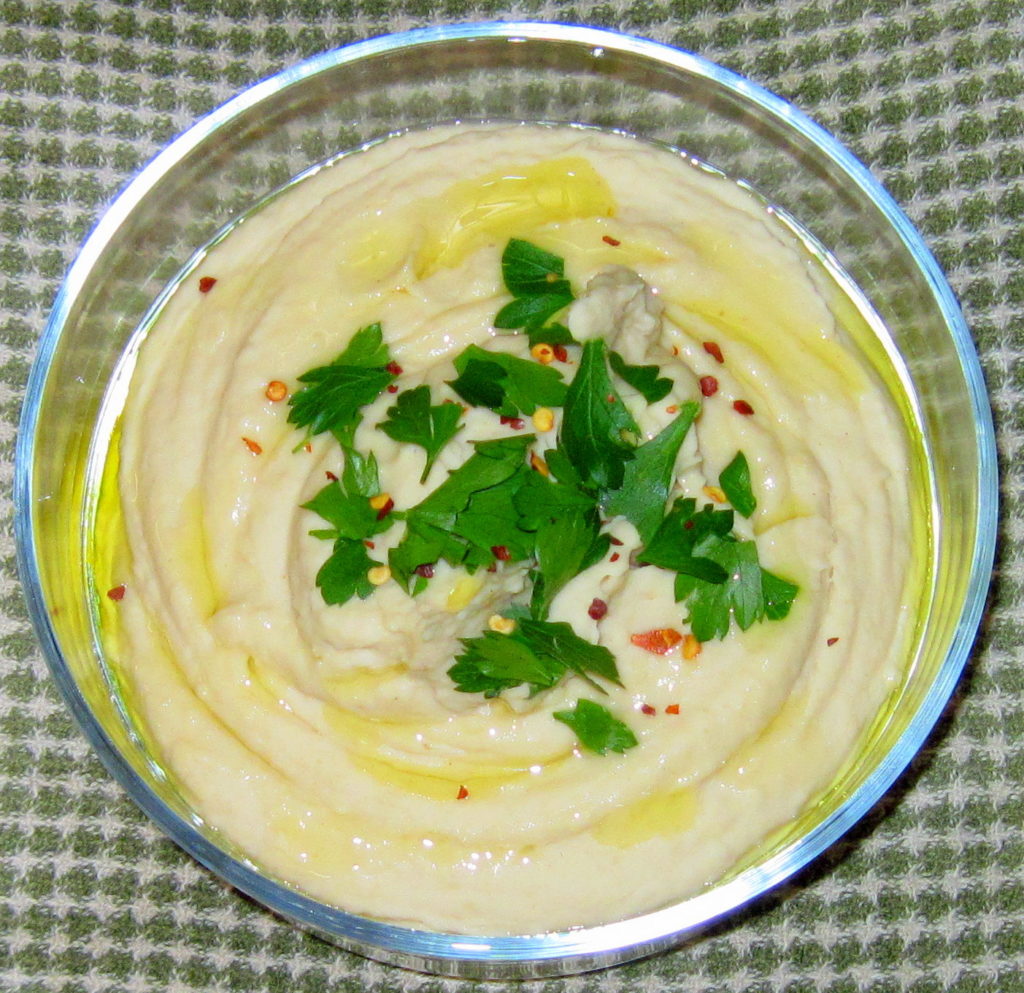 Welcome blogger Scott Kerson to BiteClub. The author of local recipe and food blog Proximal Kitchen, Scott can definitely cook.
Welcome blogger Scott Kerson to BiteClub. The author of local recipe and food blog Proximal Kitchen, Scott can definitely cook.
I turned a year older last week. One of those numbers on the far side of “half” that at times seems more natural to deny than to celebrate. But still and all, I got to drink too much good wine, I slept in luxuriously late, and I opened presents, and who doesn’t love presents?
My favorite sort of present is the one that I didn’t know I needed, like a good book by an undiscovered author, or a sneaky back road that neatly shortcuts the to and fro of school drop-off. Or, in point of fact, the sampler pack of heirloom beans, from local bean guru and sustainable farming advocate Steve Sando and his Rancho Gordo project, that my dad gave me for my big day. Like a crater-like pothole on a road not normally traveled, it never occurred to me that what my kitchen was missing most were heirloom beans. But one taste of this velvety, richly flavored hummus – made from an ancient strain of runner cannellini bean, and very little else – and you’ll never look at the humble dried legume the same way.
There are probably lots of arguments for cooking with heirloom beans – not least, that they require very little work to cook; produce cheap, healthy meals with leftovers; and are friendly to the planet – but the main thing, at least from my perspective, is how damn good they taste. I’ve never spent much time thinking about beans, but a couple of weeks into my sampler pack, and I’m already converted; I simply never appreciated how much depth of flavor beans were capable of! By now, I’ve used Steve’s beans in my black bean soup, my refried beans, my baked beans, even as a bed for roast cod with clams and bacon, but nothing showcases the dense pleasure of high quality beans better than a simple hummus.
Hummus, with Heirloom Runner Cannellini Beans
 A true hummus depends on chickpeas and tahini, but I use the term much more loosely to mean almost any puree of light-colored beans, and my wife, who has a more sensitive palate than I, insists that these particular beans are better served in a simple Mediterranean-style puree without the tahini; on the other hand, my kids prefer the added flavor and texture of the hummus. Me, I just like to eat.
A true hummus depends on chickpeas and tahini, but I use the term much more loosely to mean almost any puree of light-colored beans, and my wife, who has a more sensitive palate than I, insists that these particular beans are better served in a simple Mediterranean-style puree without the tahini; on the other hand, my kids prefer the added flavor and texture of the hummus. Me, I just like to eat.
Ingredients:
- 8oz dried runner cannellini beans (available from specialist purveyors like Rancho Gordo), soaked overnight.
- Juice of 1 lemon
- 1/4-1/2 cup sesami tahini
- 1/4-1/2 cup good quality olive oil (preferably from Dry Creek, if you’re into the hyper-local thing, but Costco sells a terrific organic oil from Italy at a great price)
- Clove of garlic, mashed to a paste (I use almost exclusively rose du lautrec garlic, which you can get from local farmers, but any good garlic that is not overpowering will be fine)
 1 bouquet garni (any nice herbs to season the pot will do, but with cannelini beans, you really want to use a big sprig of rosemary right from the garden, maybe alongside peppercorns, fresh parsley, and thyme)
1 bouquet garni (any nice herbs to season the pot will do, but with cannelini beans, you really want to use a big sprig of rosemary right from the garden, maybe alongside peppercorns, fresh parsley, and thyme)- Optional herbs for garnish: Parsley (for classic hummus), rosemary (for an Italian puree), crushed chili flakes, fleur de sel, etc.
Method:
- Boil the soaked beans, with their soaking water and the bouquet garni, until fully tender – 1.5-2 hours (don’t worry about splitting, as you’ll puree them anyway). Drain, reserving 0.5C or so of the pot liquor.
- Puree the beans in a food processor or blender, along with the garlic, half the lemon juice, half the olive oil, a little of the pot liquor, a big pinch of salt, and half the tahini, if using. Continue blending until uniformly smooth.
- Adjust the seasonings to taste: I found that I needed more salt, and close the full amounts of olive oil and lemon juice, but it really depends how you like your hummus.
- Serve in a bowl, drizzled with olive oil and fresh herbs and crushed chili flakes. Pita chips, crusty sourdough toast points, or grissini (those plain, salty Italian breadsticks) would all be welcome.











